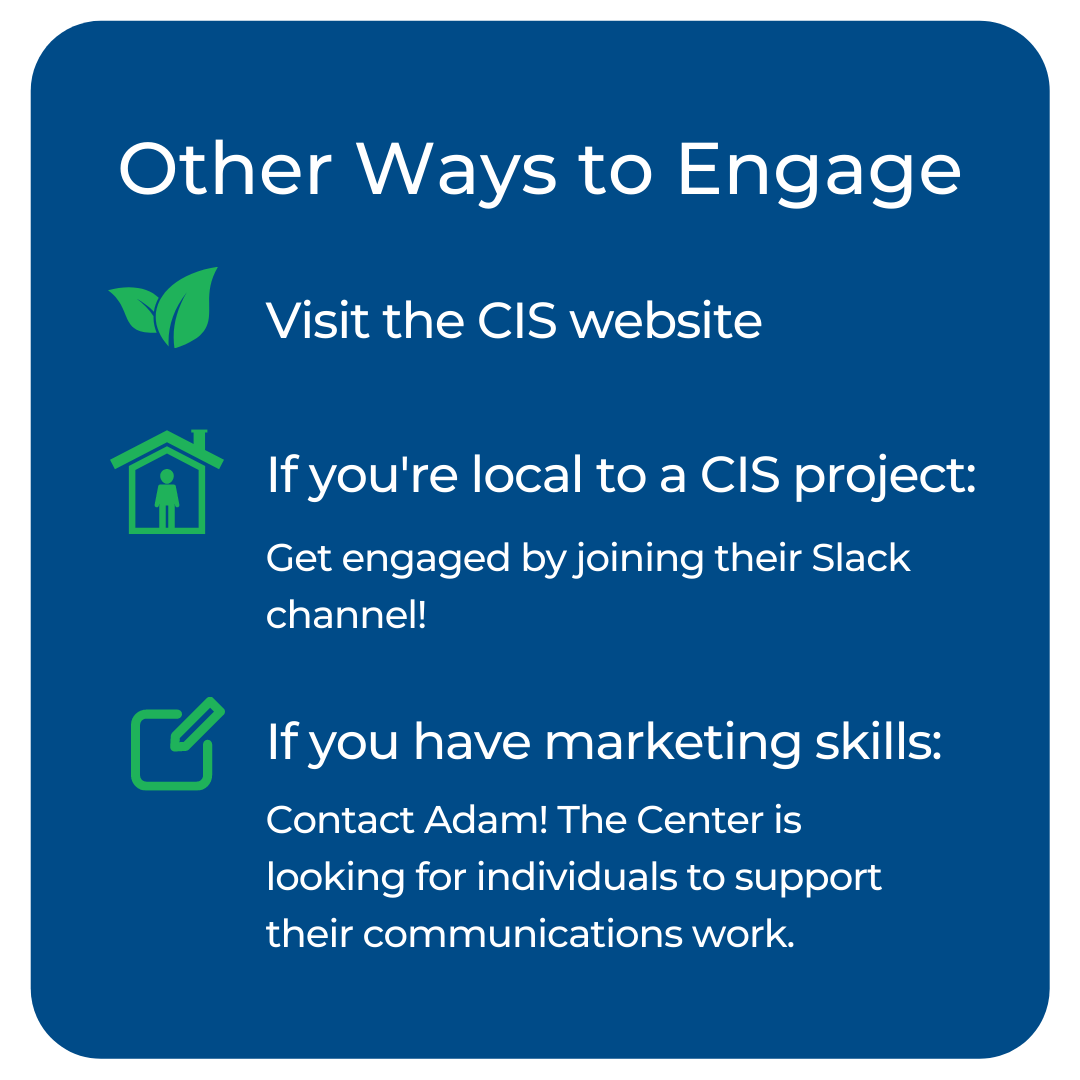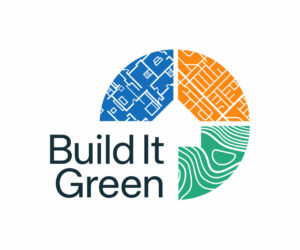Community Changemakers
Adam Sgrenci of the Center for Infrastructure and Society
This conversation is part of our Community Changemaker Series. Build It Green is talking to people who are tackling climate change, addressing social inequity, and revitalizing communities through their work in the residential building sector. These innovators demonstrate what outcomes are possible when you think beyond a single problem and consider more multifaceted solutions. In highlighting these leaders and their work, we aim to spark ideas, drive discussions, and inspire others to engage and take action.
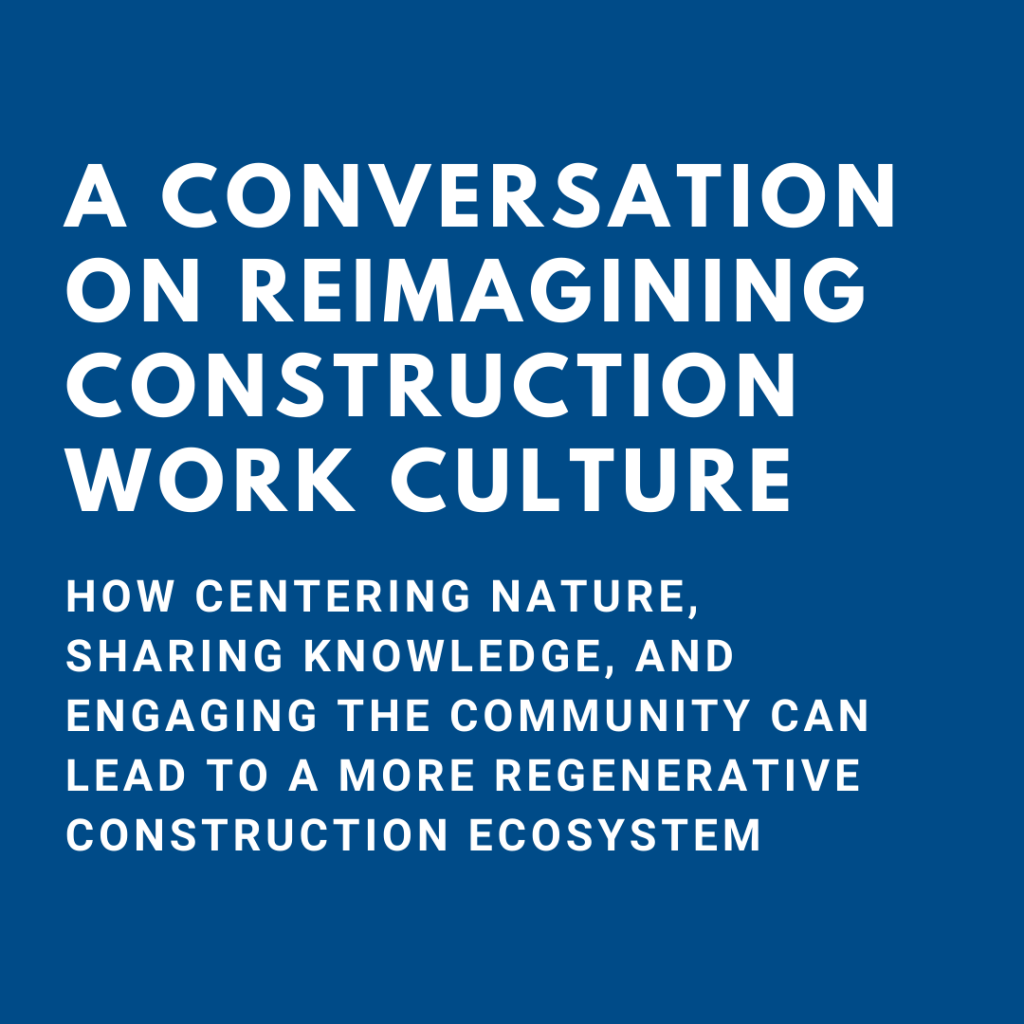
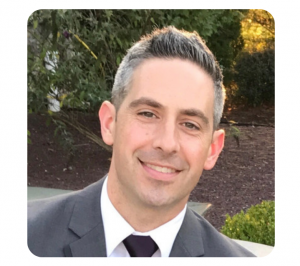
Adam Sgrenci, Founder & Executive Director
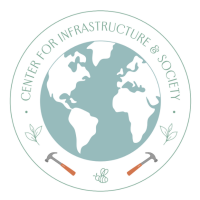
Background
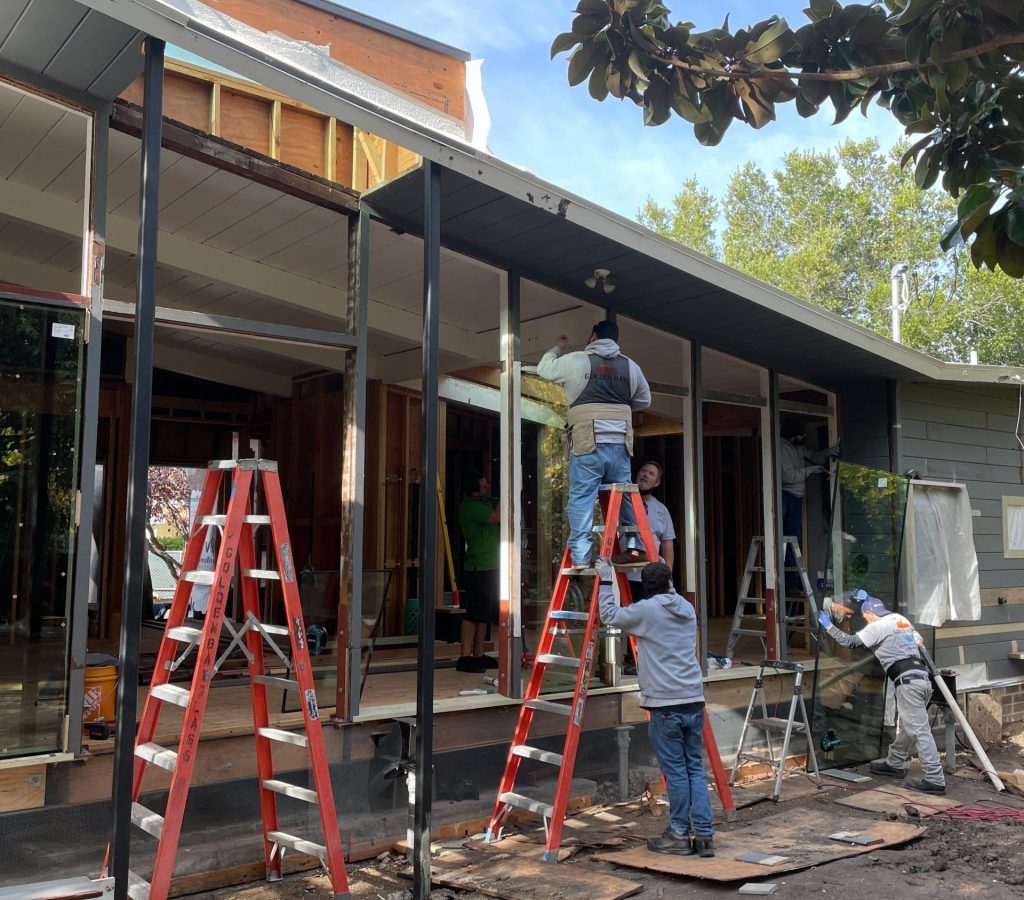
Q&A with Adam
Responses have been lightly edited for clarity.
What inspired you to create the Center for Infrastructure and Society?
For years, I have been interested in the environment, social movements, international relations, and the world of construction. And where these interests really intersect is development. I decided to seriously pursue my idea for the center when I was working with a venture-backed property technology company. That job introduced me to all kinds of interesting folks who were really thinking about growth, scale, and solving problems quickly—and seeing what it was like to run a startup gave me enough confidence to go off and start my own. I finally launched the Center for Infrastructure and Society (CIS) in early 2019.
Communities everywhere are facing a complex web of challenges, including climate change, social inequity, and housing affordability crises. How do you see your organization operating at the intersection of these different issues?
We are trying to involve a large ecosystem and allow for things to naturally emerge, so it is incredibly important to be patient and hold time for conversations.
I think it is also important for each of us—at both the individual and organizational level—to identify a focus area and contribute something that’s unique to the larger conversation. At CIS, we are highly focused on workforce development and construction education with a regenerative lens. We bring a knowledge base of the traditional construction trades, and a willingness to share that information, preserve it, and challenge it to intentionally develop the next generation of construction workers.
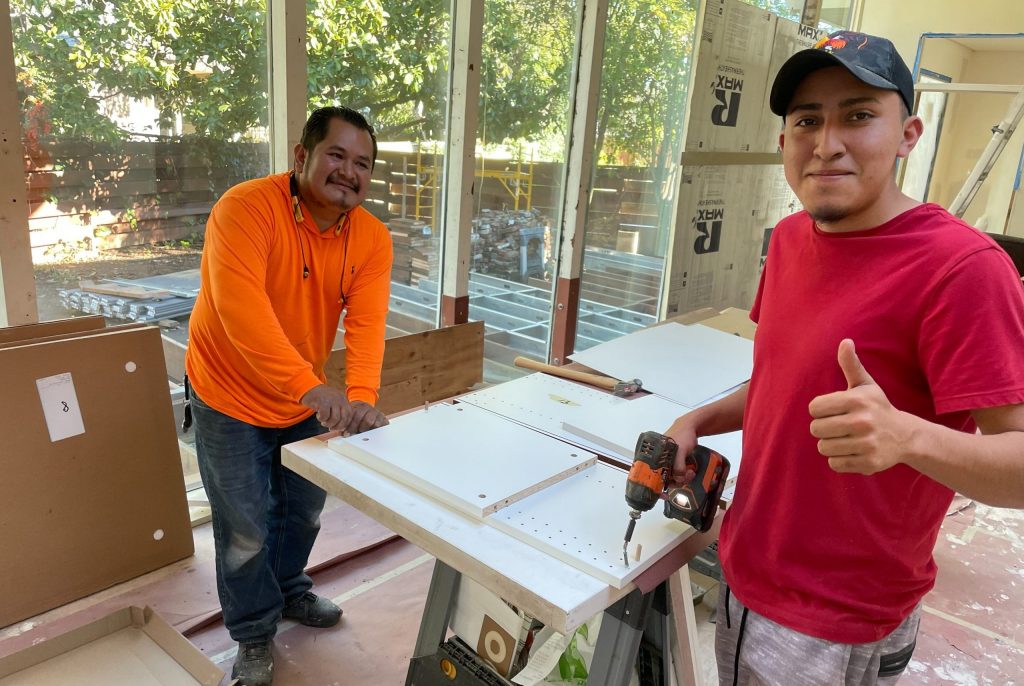
It needs to be easier to reuse materials, buy them off of project sites, and take or receive them for a donation.
Adam Sgrenci, Center for Infrastructure and Society Tweet
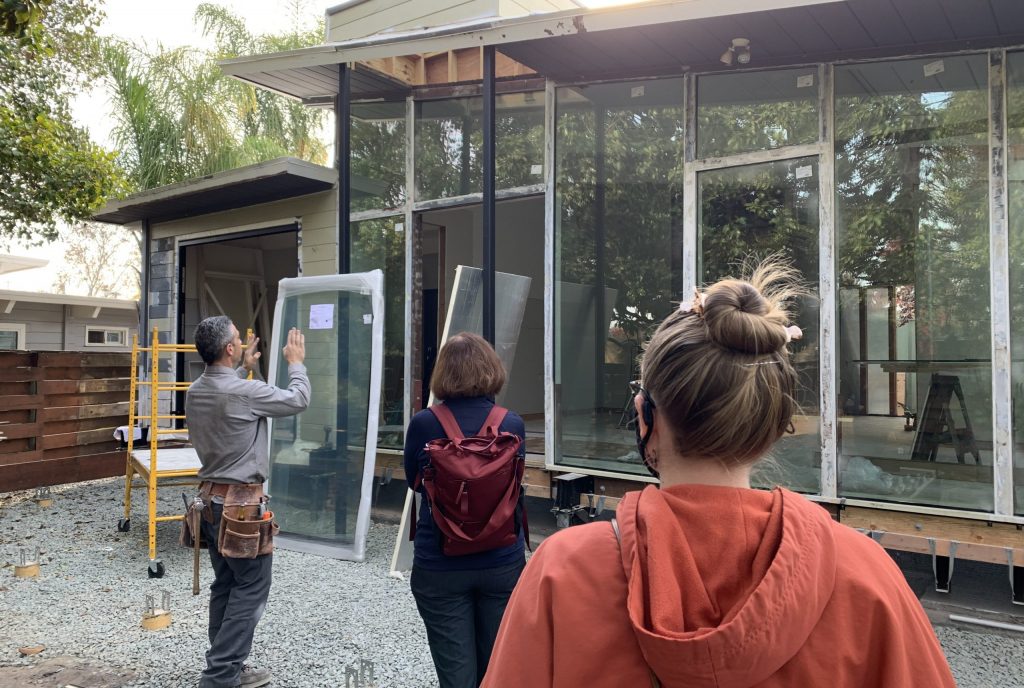
What are some of the ways CIS is pushing back on traditional practices in the construction industry?
This is thankfully changing, but the construction industry suffers from hyper-masculine toxicity. And it shows up in the sense of: ‘We’re not going to share what we do, because we’re the best at what we do, and we are going to knock everybody out of our way to get it done’. One of the ways we push back on this narrative is by sharing knowledge. We really encourage junior workers to be a part of our projects, and we’ll hire senior-level consultants to guide them. We want to introduce regenerative ideas early in their careers. Another thing we’re working on is transparency between construction zones and the local community. At one of our current projects, we set up chalkboards around the construction fence to answer questions and communicate project updates. For example, ‘This is what the project costs right now’, or ‘Our windows are delayed, so it’s going to be another couple of months’.
Centering permaculture at the start of our projects is also really exciting for me. Anytime I was on a construction project in my early career, the work of the arborist or landscaping team would always feel separate. But where does the house sit? Where does the structure sit? It sits on the land, and it’s as much part of the land as anything. For a long time, we’ve been building structures to fight the environment, but there is a lot we could learn from the way nature exists, and apply it to the way we build.
Lastly, throwaway culture. At CIS, we encourage reuse and avoid materials that are unhealthy for people and the environment. Reusing old framing is a pain in the butt because you have to pull nails out, the material can be warped, and it takes a lot of time. Framers on our projects are like, ‘Why are we doing all this? We could just toss this and get a whole bunch of new material’. But that is what we are trying to challenge.
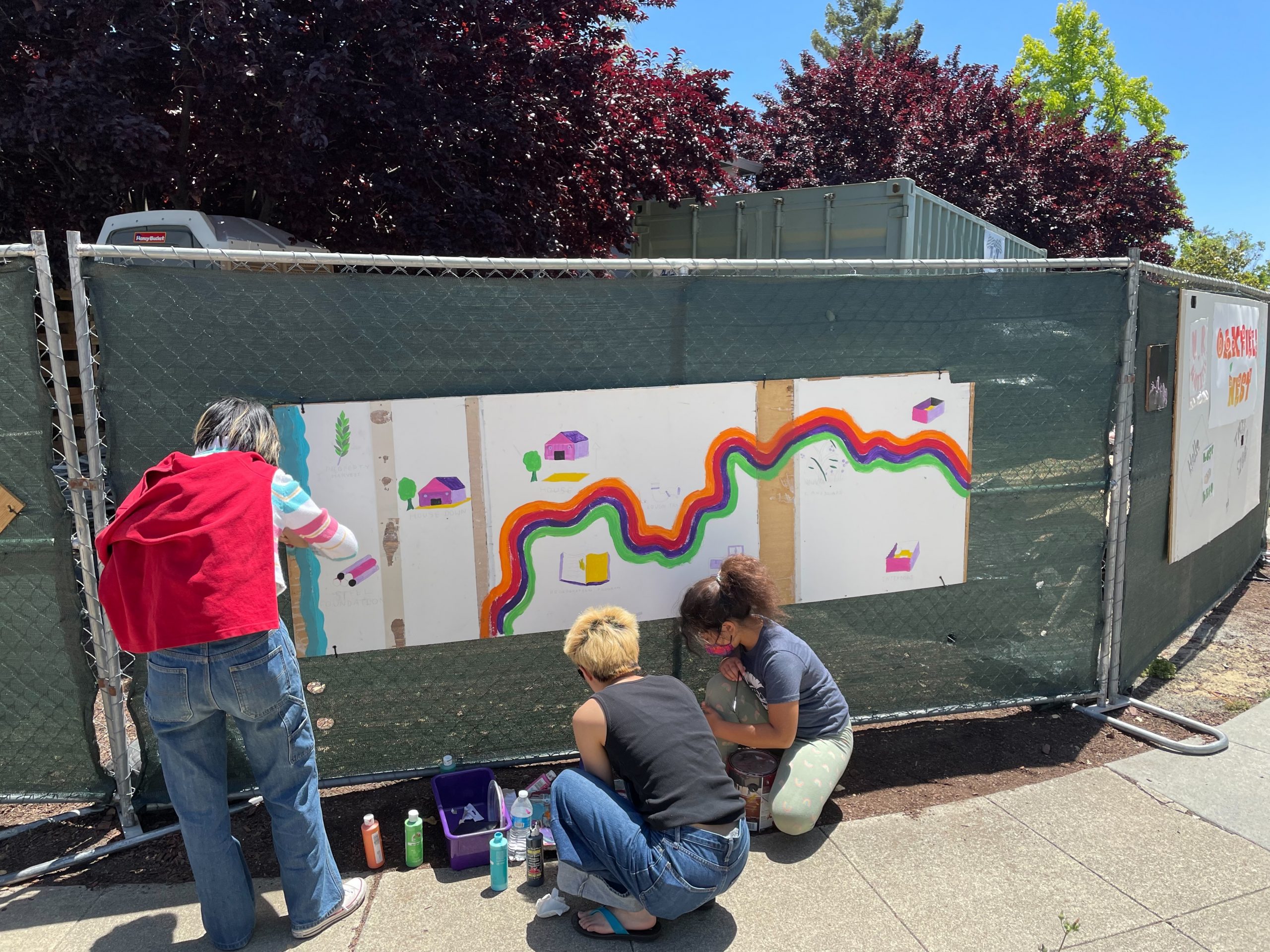
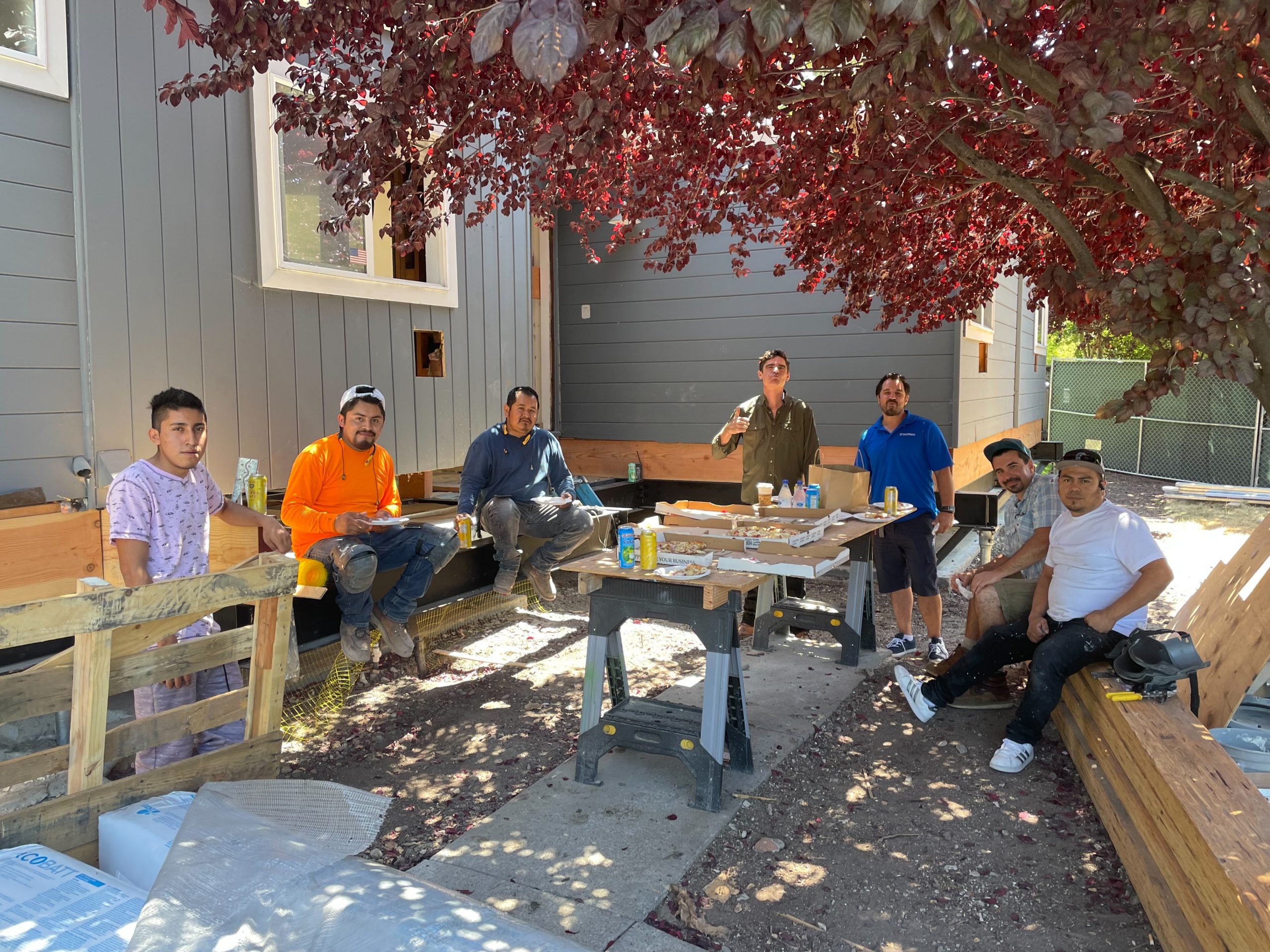
What innovations are needed to help streamline that process?
It needs to be easier to reuse materials, buy them off of project sites, and take or receive them for a donation. This reuse economy is beginning to exist, but it has hit a lot of bumps along the way.
First, there is a lot of demand to fill. There are 25,000 homes in Palo Alto alone, and that is just one city. In the whole Bay Area we have only, what, five places to take things? That is obviously not going to work. It also takes a lot of effort and resources to move these materials off of a job site or wait for someone else to come and pick them up.
There needs to be a better networking platform within local neighborhoods, like an app that lets you say: ‘Okay, I need 100 pieces of 2x4x10 feet. Who’s got them, and where are they in my neighborhood?’
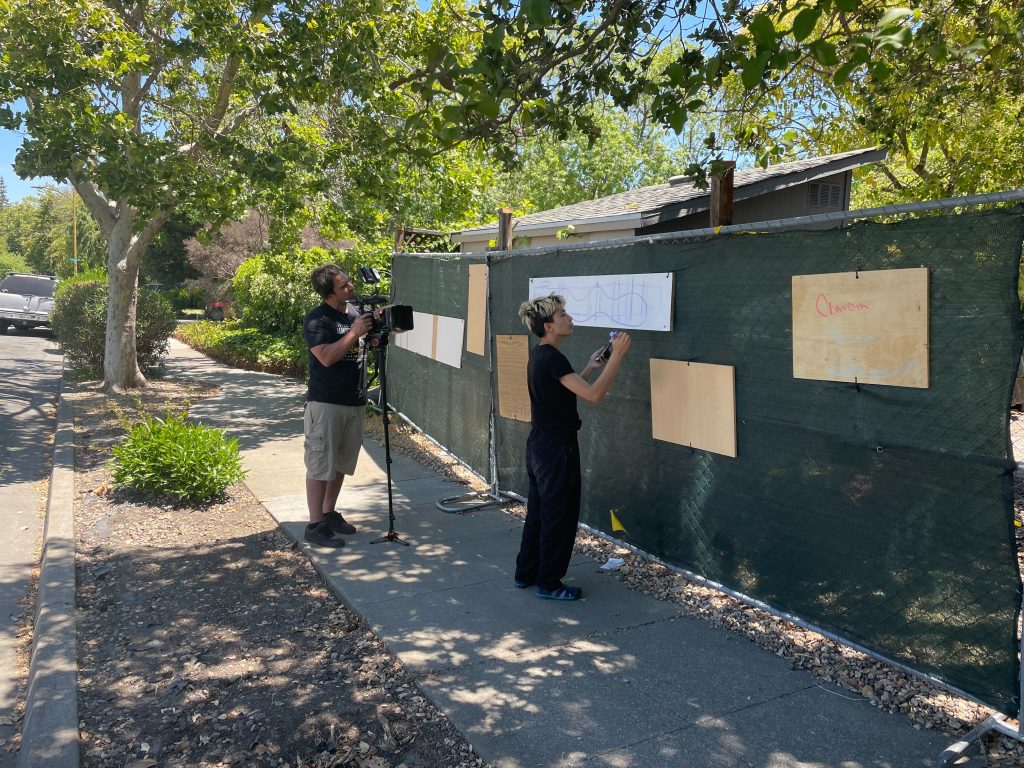
Regenerative projects are those that exist beyond the site itself. They do much better than extract, and instead build relationships and create new practices for people.
Adam Sgrenci, Center for Infrastructure and Society Tweet
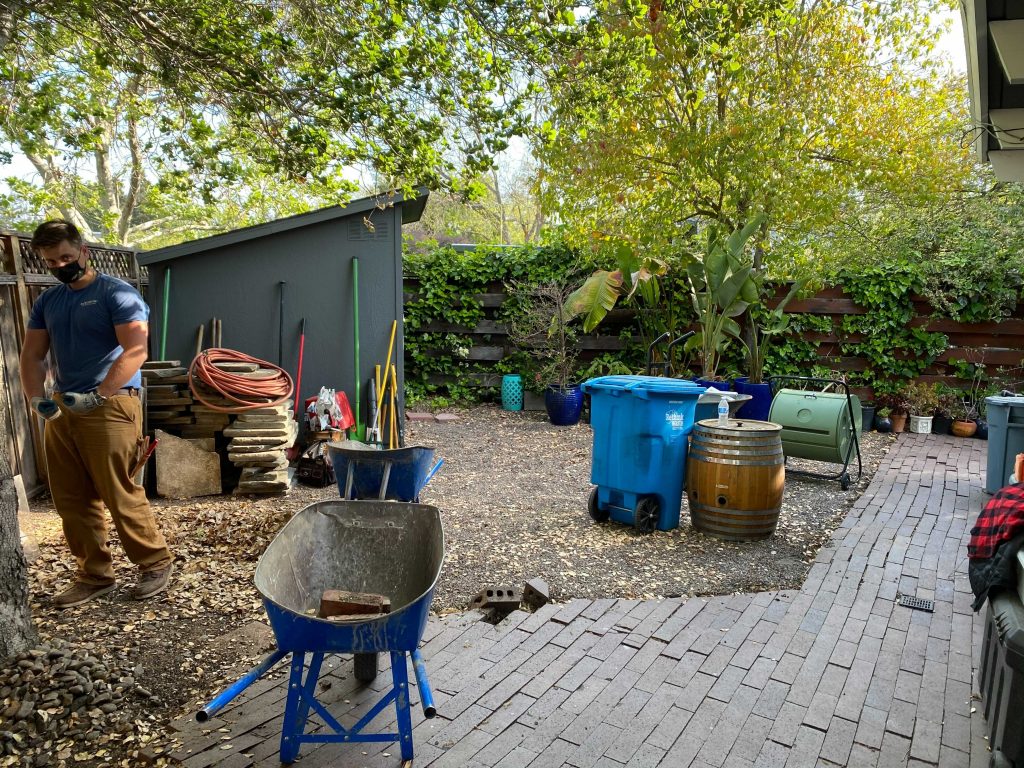
Is there a favorite story that you have that illustrates the broader social and environmental impacts of your work?
I will share two. Both are from The Nest, a current project that is actually my family’s home in Redwood City. We wanted to localize a lot of the regenerative design concepts we have been exploring, and because I am the contractor, owner and builder, it has been a great opportunity to try everything without pushback.
One of my favorite stories is about the meditation center we have on site. It is the first place I take anyone who is coming to the job for the first time. I explain that it is a place to relax, to pray, to meditate, to just sit. Construction is chaotic and stressful, and we want to try our best to leave negativity off the site as much as possible. But it will come up. And when it does, I want them to know that they can go there. One of our special inspectors would come here just to go to that meditation site, even when we didn’t call for an inspection. He would just show up and say, ‘No, no, no, I’m not here to see you. I’m here to chill in the meditation center.’ And to me that is amazing, because I never expected anyone to actually use it in the way that I had hoped.
The other great story is about one of our neighbors who lives across the street. Her name is Martha, and she is 83 years old. Every day she comes over and asks, “How many are we today?” And after confirming the number, she will say, “Okay, I’ll be right back.” Then fresh from her oven, there will be coffee cake, brownies, German chocolate cake—you name it. It is just something that she loves to do, and one of our artists actually did a tribute piece to thank her for contributing to the project.
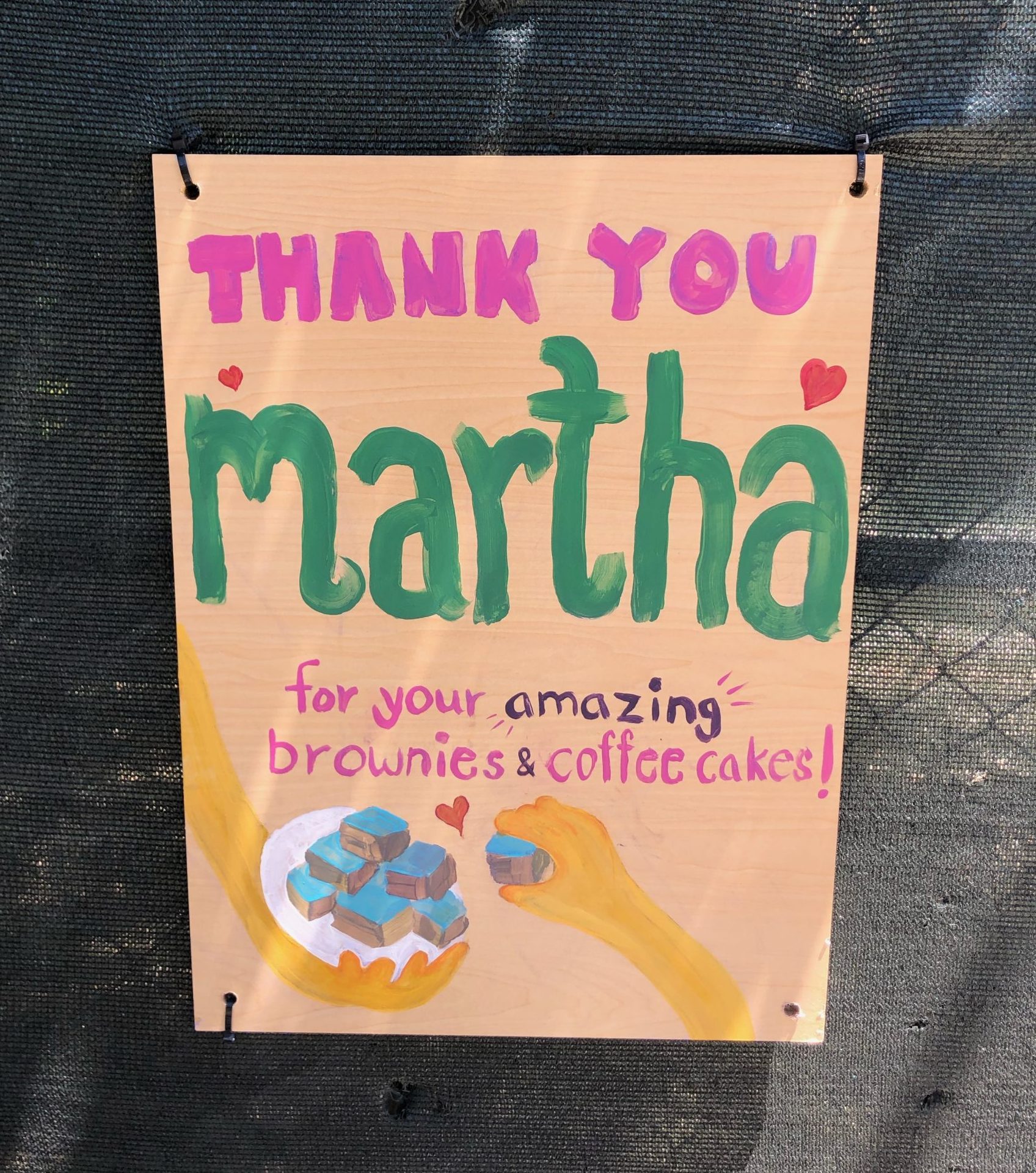
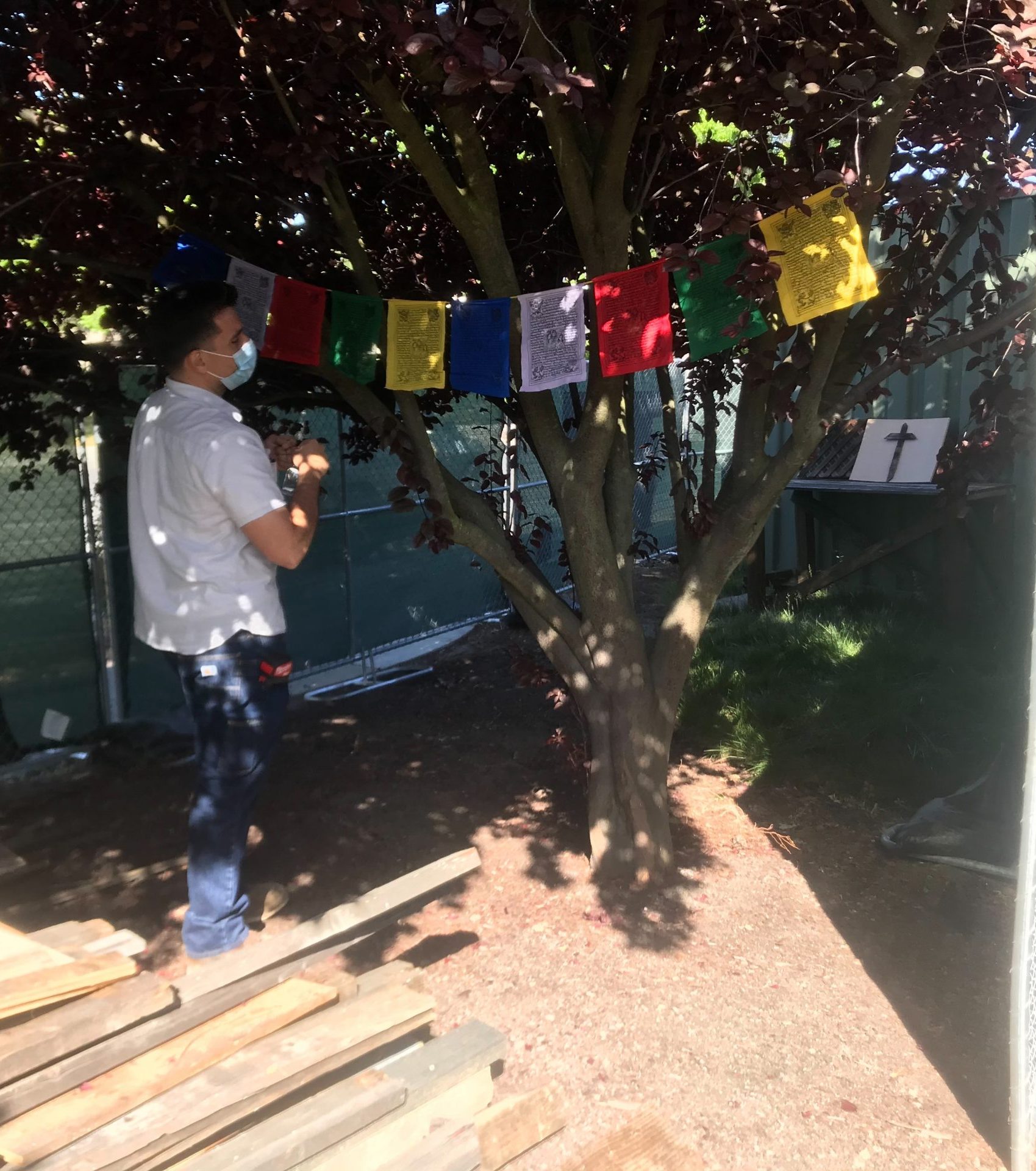
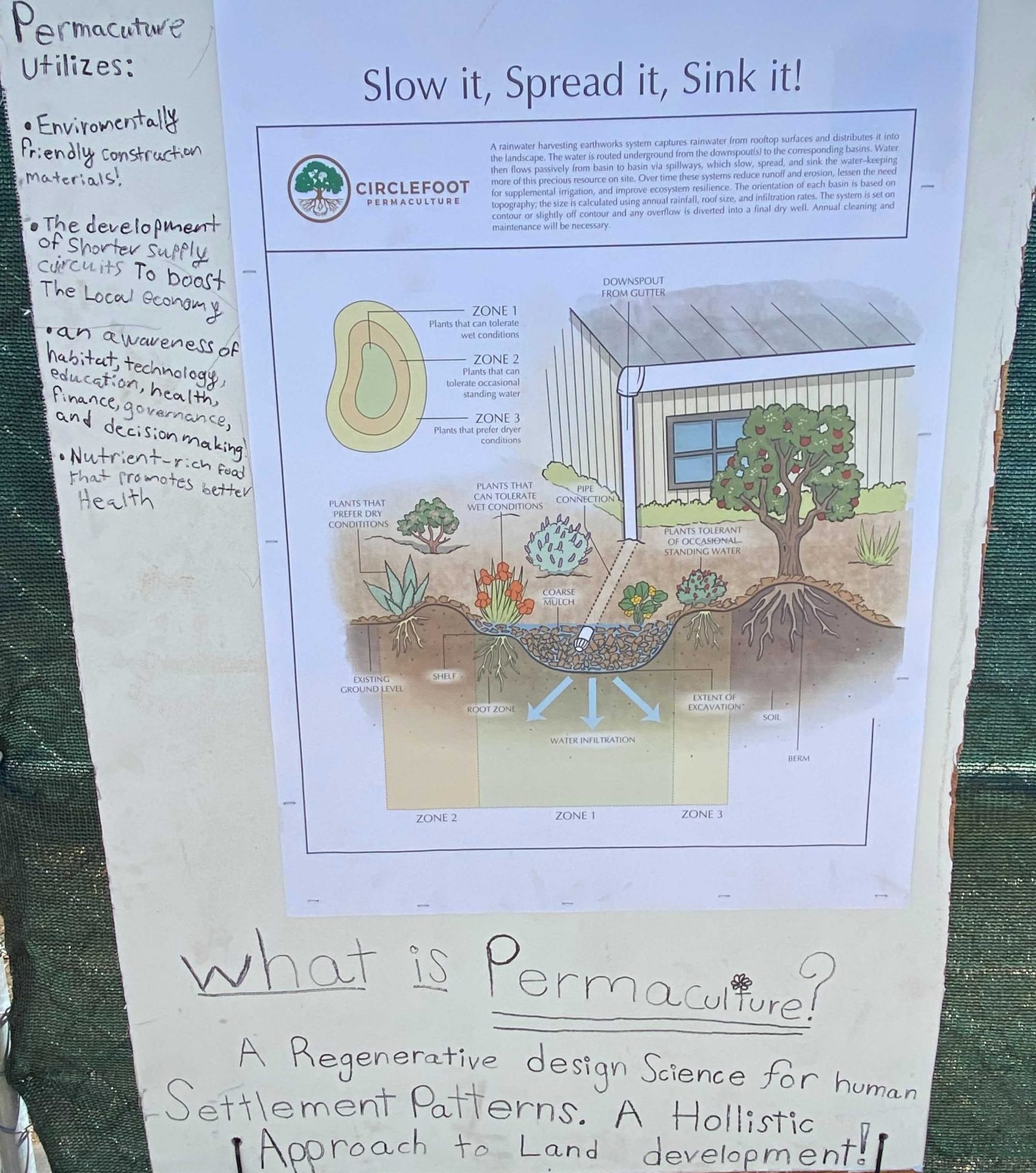
For a long time, we’ve been building structures to fight the environment, but there is a lot we could learn from the way nature exists, and apply it to the way we build.
Adam Sgrenci, Center for Infrastructure and Society Tweet
How would you define the term “regenerative” in your own words?
For me, it is anytime you have a project or activity that has a positive impact on the local economy, society, and the environment. These are projects that exist beyond the site itself. They do much better than extract, and instead build relationships and create new practices for people.
At CIS, there is a deep focus on the workforce because we see it as one of the most extractive elements of the construction industry. We have an authentic desire to cultivate holistic education for new trades, old trades, and even DIY-ers. The information and the knowledge is meant to be shared—not bottled up, preserved, or patented. We seem to have lost touch with why we build and who we build for. By introducing ideas of regeneration into the construction space, we can empower the entire community to live safely in our world and build in a healthy way.
Are there any resources that have been helpful for you in learning about regeneration?
Over the years, I have reached out to some of the different pioneers in the world of regeneration. The people at nRhythm are fantastic. The Global Regenerative Collab is great, too. They have a Slack channel with tons of events and organizations, so it is an amazing resource for anyone interested in getting more into it.
If you are going to introduce regenerative practices into your organization, you are probably going to have to break some old roles and structures down. All I can say is it is okay, and there are a lot of people who have gone through that experience that you can talk to. But it ultimately feels really good. You will start constantly asking yourself: why do I do what I do, and how does that align with what my organization does? It is just really good housekeeping to do in general.
How can someone get involved with the Center for Infrastructure and Society?
Call me! Let’s meet up. That is the best way. I have met all kinds of great people who are curious about the work from a random email, and it has led to all kinds of fun things. Business plans, proposals, projects, networking…
As someone active within different regenerative groups, I would gladly introduce somebody who is interested to all of the people that I know, so they can benefit from all the work that has been done over the last several decades.
